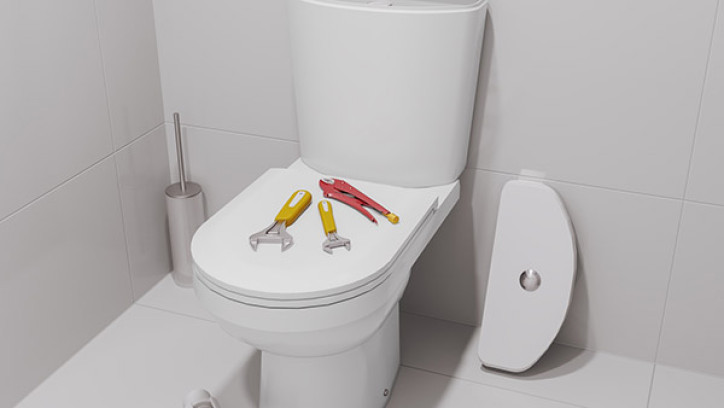4.7 Alteration to existing sanitary plumbing (excluding water heaters)

This exemption enables an authorised person to carry out alterations to sanitary plumbing. However, this is only as long as these alterations do not increase the number of sanitary fixtures within any existing building and they do not modify or affect any specified system.
Please note: The below exemption comes into force from 31 August 2020. You will still need a building consent if your project starts before this date.
This exemption enables an authorised person to carry out alterations to sanitary plumbing. However, this is only as long as these alterations do not increase the number of sanitary fixtures within any existing building and they do not modify or affect any specified system.
If you are not sure if this exemption applies to your proposed building work, we recommend that either you seek a discretionary exemption from the council or apply for a building consent rather than risk applying it incorrectly.
Alterations to water heaters are specifically excluded from this exemption. However, there is still some building work in relation to water heaters which does not require a building consent: this is covered in the next three exemptions (exemption 36 (section 4.3), exemption 37 (section 4.4) and exemption 38 (section 4.5)).
Any plumbing work under this exemption must be carried out by an authorised person, otherwise it is not exempt work.
Where sanitary plumbing work could adversely affect the structural performance of structural elements such as floor joists or wall framing, the work may require a building consent. If you are not sure, we recommend seeking professional advice first from a licensed building practitioner, chartered professional engineer, registered architect, building consultant, registered building surveyor or accredited building consent authority.
What is exempt
- Repositioning or replacing sanitary fixtures such as a bath, bidet, wash hand basin, shower or toilet pan within an existing bathroom in a dwelling.
- Moving a toilet pan from a toilet compartment into an adjacent existing bathroom in a dwelling.
- A home owner proposes to remodel an existing kitchen within the same space, leaving the kitchen sink in the same position.
- An existing laundry tub in a dwelling will be moved to a new location within the adjacent kitchen.
- Relocating, removing or shifting an existing hose tap.
- Removing a bath with a shower over it, and replacing this with a new proprietary shower enclosure and a new bath within the existing bathroom space. As the existing bath/shower arrangement has two sanitary fixtures, each fixture can be replaced and relocated without the need for a building consent.
What needs consent
- Installing a tiled wet area shower requires a building consent. This is because it involves critical building work that is not sanitary plumbing, such as carpentry and installing waterproof membranes.
- Moving a vanity, bath and shower within an apartment of a multi-level building. This building work involves new penetrations through a fire separation, which is a specified system.
- An ensuite is proposed which includes the addition of a shower, hand basin and toilet. These sanitary fixtures are additional to those that already exist in the building, so a building consent is required.
- A restaurant owner decides to increase the number of sanitary fixtures to allow for increased customer capacity. This work will require a building consent.
- Installing a new testable backflow prevention device in a building that is not a dwelling. As this device is a specified system, a building consent is required and the compliance schedule will also need to be amended.
What the law says
35. Alteration to existing sanitary plumbing (excluding water heaters)
1. Alteration to existing sanitary plumbing in a building, provided that:
(a). the total number of sanitary fixtures in the building is not increased by the alteration; and
(b). the alteration does not modify or affect any specified system.
2. Subclause (1) does not include an alteration to a water heater.